Elevate Your Space: Hanging Curtains the Interior Designer Way
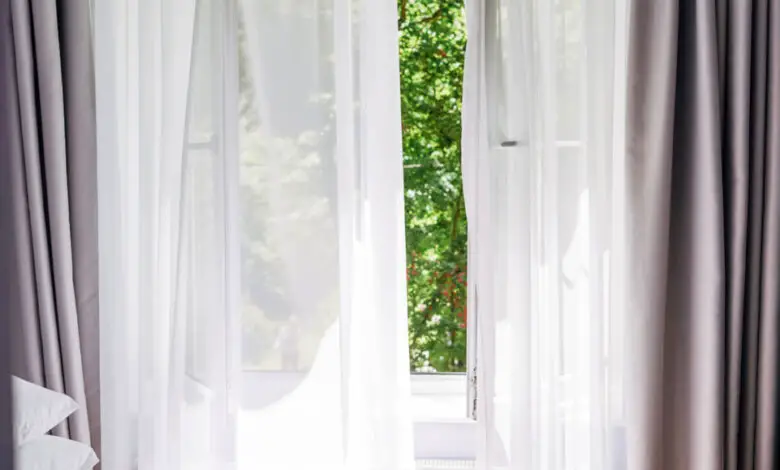
The power of curtains cannot be understated. They’re not just mere window dressings; they’re essential design elements that shape, define, and elevate the aura of your space. Let’s embark on a transformative journey, one that unveils the secrets behind choosing, hanging, and maintaining drapes the way professional designers do.
Selecting the Right Curtain Fabric
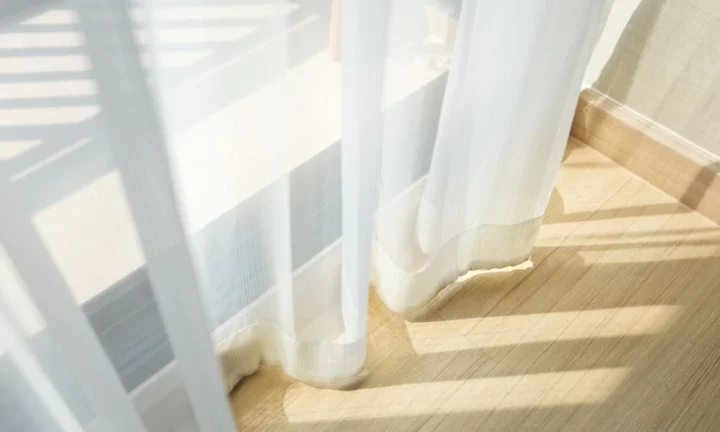
When venturing into the realm of textiles, the variety can be overwhelming. However, the fabric’s weight, texture, and opacity play pivotal roles. Lightweight materials like cotton or linen give a breezy, casual aura. They’re perfect for places where natural light is appreciated. On the other side of the spectrum, heavyweight fabrics like brocade or velvet ooze luxury and help insulate a room. Once you pick the fabric, make sure that new cortinas follow for a complete interior makeover.
Your selection shouldn’t only be based on aesthetics. Delve deep into functional requirements. If your aim is to block out light, opt for thicker, tightly woven fabrics. They also assist in heat conservation during colder months. But, if you’re more about diffusing light rather than blocking it, lighter materials work wonders.
Of course, durability is paramount. Think of sun exposure and potential fading, especially in rooms flooded with sunlight. Synthetic fibers often resist UV rays better than their natural counterparts, ensuring your drapes look fresh for a longer period.
Choosing the Perfect Curtain Length
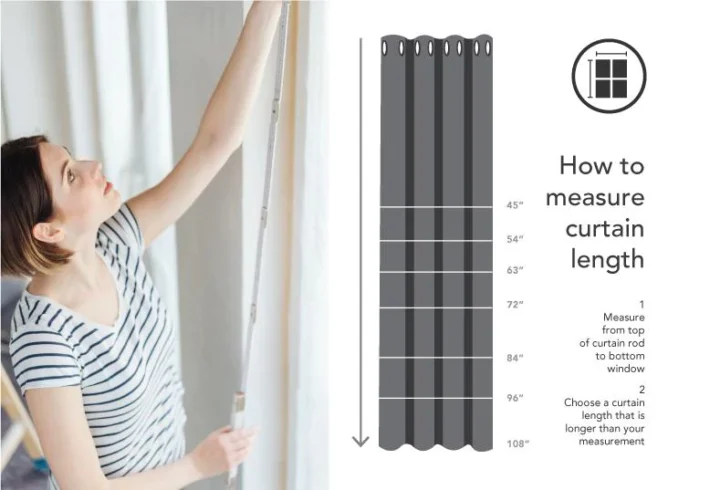
Navigating through curtain lengths can be a puzzle. The standard advice? Floor-length curtains bring elegance, enhancing any room’s stature. They should either kiss the floor or have a slight break at the bottom, pooling just a touch. This classic approach never goes out of style.
Yet, don’t be constrained by tradition. For a more relaxed and informal atmosphere, consider café-style curtains that hang halfway up the window. Particularly apt for kitchens or bathrooms, they offer privacy without sacrificing light. Opting for drapes that rest on the windowsill is another viable alternative for casual spaces.
Let’s not forget about drama! If opulence is your goal, let those drapes pool. Luxurious fabrics, pooled 2-3 inches onto the floor, create a lavish ambiance reminiscent of grand ballrooms and palatial residences.
Determining Curtain Hardware and Rods
Beyond the textile, the support system – the rods and hardware – wield significant influence. Begin by considering the rod’s material. Brass or brushed nickel offers a sleek, modern look. Wooden rods, on the other hand, bring warmth and can be tailored to rustic or refined decors.
Holdbacks and finials, often overlooked, are equally crucial. They function as the curtain’s jewelry, adding a finishing touch. Select them with care, ensuring they complement both the curtain fabric and the room’s other design elements.
Lastly, never underestimate the bracket’s role. They need to be both sturdy and stylish. Heavy curtains demand robust brackets, while sheer, lightweight fabrics can be supported with more delicate fixtures.
Measuring Your Windows Accurately
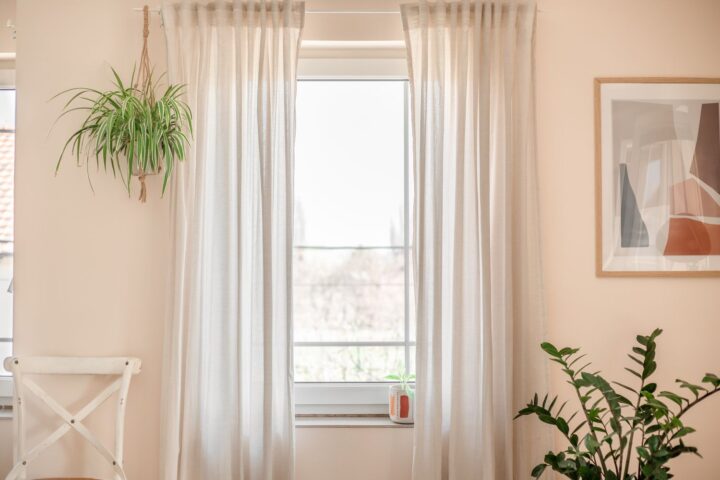
Precision in measurement is the bedrock of impeccable curtain hanging. Begin by measuring the width. Always ensure you account for a bit of overlap in the middle and some extra space on the sides to ensure your drapes close seamlessly.
Depth matters, too. Consider how far you want your curtains to extend beyond the window. Typically, 3-6 inches beyond the frame on each side serves well. It makes the window seem larger and allows more light in when the curtains are drawn.
Vertical measurements define your curtain’s final resting place. Decide if you want your rods placed inside the window molding or outside. Measuring from the top of the window (or from the rod’s intended position) to your chosen length will give you the curtain’s ideal drop.
Creating a Balanced Curtain Arrangement
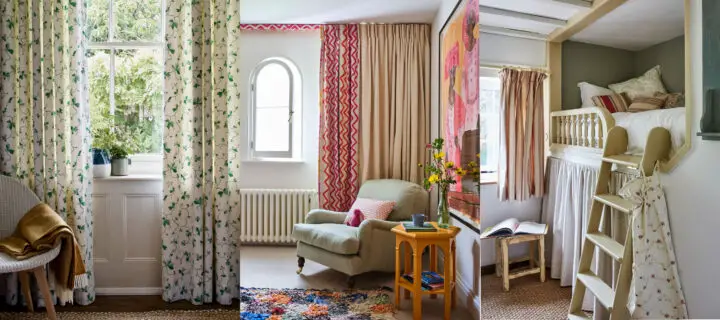
Balance in curtain arrangements is akin to harmony in music. Think of the visual weight. If you have bold patterns or heavy fabrics, balance them with neutral walls or subtle furniture pieces. This ensures your space doesn’t feel overwhelmed.
Positioning plays a part. The general rule? The higher the rod, the larger the room feels. By placing the rod closer to the ceiling, you can add an illusion of height, especially beneficial for rooms with lower ceilings.
Finally, consider width. Extending your curtain rod 3-6 inches beyond the window frame on each side can make a window appear more expansive. This trick also lets in a generous amount of light when the drapes are pulled back, brightening up the room.
Stylish Curtain Tieback Options
Tiebacks are the unsung heroes, adding functionality and flair. Traditional rope tiebacks, embellished with tassels, evoke a timeless charm. They fit beautifully in classic or vintage-inspired spaces.
On a different note, magnetic tiebacks provide both efficiency and a dash of modernity. They’re particularly apt for minimalistic or contemporary decors. Their ease of use and clean lines make them a favorite among many.
Venture into unconventional territory with DIY tiebacks. Think ribbons, belts, or even necklaces. Such personalized touches ensure your space exudes originality.
Incorporating Sheers or Layers
Sheers, the ethereal counterparts to your primary curtains, introduce depth. When used alone, they softly filter light, creating a dreamy ambiance. Layered behind heavier drapes, they provide privacy without plunging the room into darkness.
Layers aren’t restricted to sheers alone. Combining different curtain textures can add a multidimensional feel. Think of a heavy velvet curtain layered over a lighter linen one for a play on light and texture.
Embracing seasonal layering can be refreshing. Light, breezy sheers for summer; insulating, cozy layers for winter. This approach ensures your room stays seasonally appropriate while allowing periodic decor refreshes.
Color Coordination and Patterns
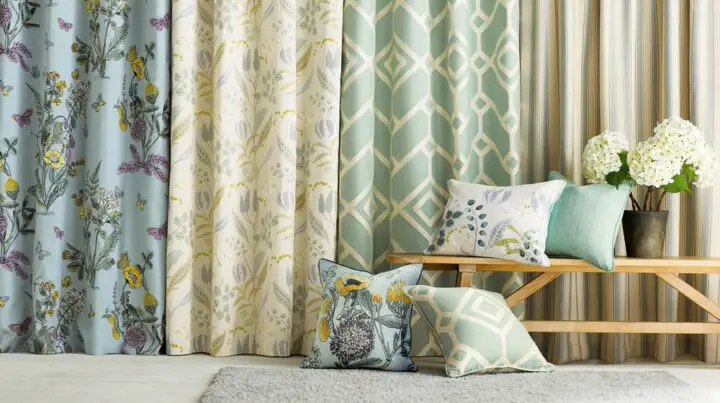
Your curtains’ hue can either elevate or deflate the room’s ambiance. Soft, neutral tones – think beiges, whites, or grays – exude a sense of calm. They’re versatile and blend seamlessly with varied decor styles.
For those seeking vibrancy, jewel tones or pastels can bring the desired pop. However, when playing with bold colors, ensure they resonate with other room elements. This cohesion prevents visual chaos.
Patterns deserve special attention. Floral or geometric prints can be mesmerizing, but they need to be in tune with the room’s scale and existing decor. Large prints might overpower small rooms, while intricate patterns might get lost in expansive spaces.
Maintaining Curtain Cleanliness and Care
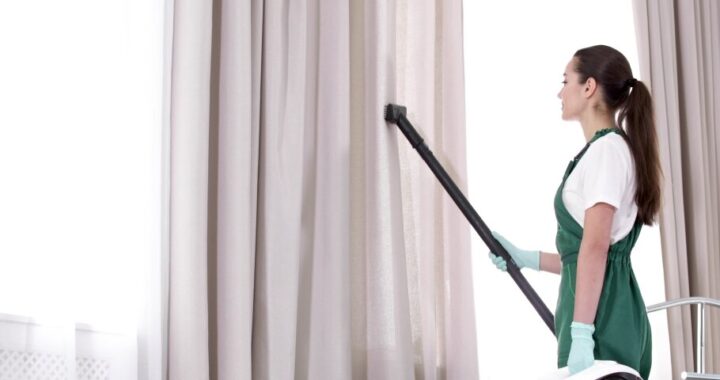
The longevity of your drapes hinges on care. Regular light vacuuming prevents dust build-up. For washable fabrics, periodic gentle washing ensures they remain fresh. However, always heed the manufacturer’s instructions.
Deep cleaning, often neglected, can breathe new life into your curtains. Depending on the material, consider professional dry cleaning every couple of years. This preserves the fabric’s integrity and vibrancy.
Storing spare curtains? Roll them rather than fold them to prevent creases. If they’re stored for an extended period, a fabric-friendly insect repellent ensures they remain pristine.
Final Thoughts
Curtains, more than mere window dressings, hold the power to transform spaces. By weaving together the right fabric, colors, hardware, and care, one can craft a living masterpiece. As you embark on your curtain journey, may these insights light your path, ensuring every room you touch resonates with beauty, function, and flair.
